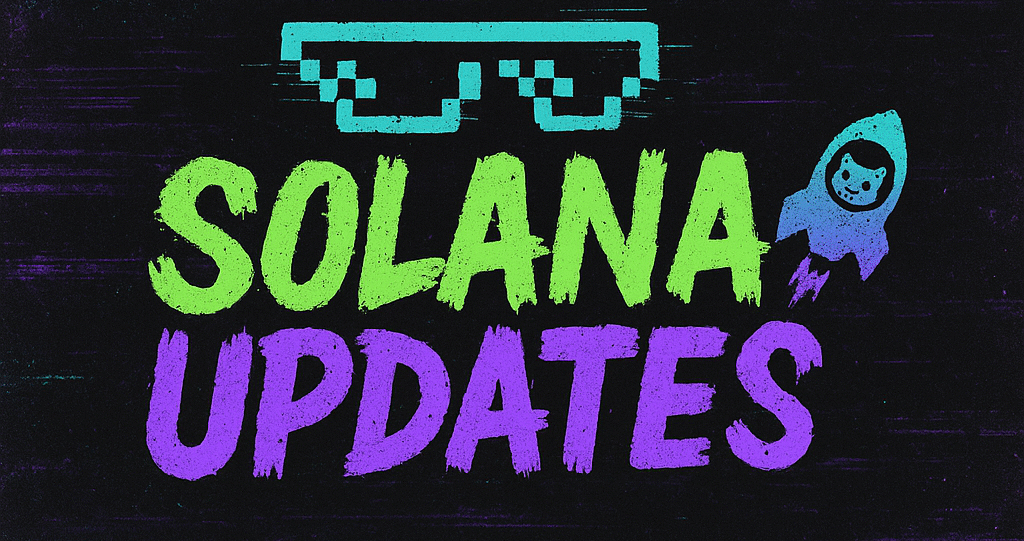Unlocking Crypto Potential in the Asia-Middle East Corridor with Permissioned Scale
As the world continues to embrace digital currencies, the Asia-Middle East corridor has emerged as a pivotal region for crypto adoption. This region is not just a hotbed for technological innovation but also a crucial arena for regulatory evolution. The success of cryptocurrencies in this region is increasingly tied to how well stakeholders can navigate and master compliance, unlocking the true scale and potential of these digital assets.
In recent years, Asia and the Middle East have become leaders in adopting digital currencies, driven by a combination of tech-savvy populations, supportive government policies, and a growing appetite for financial innovation. However, as the crypto landscape becomes more sophisticated, the paradigm of avoiding regulation is being replaced by a more strategic approach: embracing and mastering compliance.
The Shift Towards Permissioned Scale
The concept of ‘permissioned scale’ is gaining traction as a necessary step for achieving sustainable growth in the crypto sector. Unlike permissionless systems, which allow anyone to participate without stringent checks, permissioned systems introduce a layer of oversight and control. This shift is not about stifling innovation; rather, it is about creating a more secure and trustworthy environment for both users and institutions.
In regions such as the Middle East, where financial systems are deeply intertwined with regulatory frameworks, a permissioned approach can facilitate greater integration of cryptocurrencies into existing financial infrastructures. This approach aligns with local regulatory requirements and enhances the confidence of institutional investors who are often wary of the volatility and regulatory risks associated with cryptocurrencies.
Regulatory Developments in Asia and the Middle East
Many countries in Asia, such as Singapore, Japan, and South Korea, have already laid down comprehensive regulatory frameworks to govern crypto activities. These frameworks aim to protect investors and maintain market integrity while fostering innovation. Similarly, in the Middle East, countries like the United Arab Emirates and Bahrain are proactively developing regulations to attract crypto businesses.
The success stories from these regions highlight the benefits of a balanced regulatory approach that supports growth while ensuring compliance and risk management. It becomes clear that the future of crypto in the Asia-Middle East corridor is closely tied to the ability to implement and adhere to regulatory requirements effectively.
The Road Ahead
The journey towards mastering compliance in crypto is not without its challenges. It requires continuous dialogue between regulators and industry players to ensure that regulations are both effective and conducive to innovation. Moreover, as new technologies such as blockchain and decentralized finance (DeFi) continue to evolve, so too must the regulatory frameworks governing them.
For businesses and investors in the Asia-Middle East corridor, embracing compliance is not just a necessity but an opportunity to lead in the global crypto market. By adopting a permissioned scale approach, these regions can position themselves as frontrunners in the crypto economy, offering a model of growth that balances innovation with responsibility.
In conclusion, the future of crypto in the Asia-Middle East corridor lies in the strategic adoption of permissioned scale. As these regions continue to lead in crypto adoption, their success will increasingly depend on how well they can navigate the regulatory landscape and leverage compliance as a tool for unlocking the full potential of digital currencies.
🛒 Recommended Product: Check out top-rated crypto gear on Amazon


